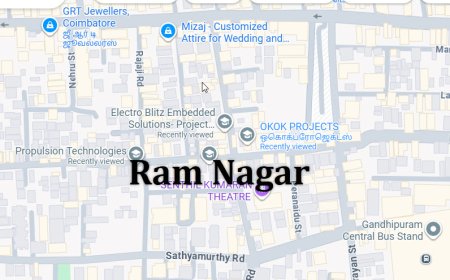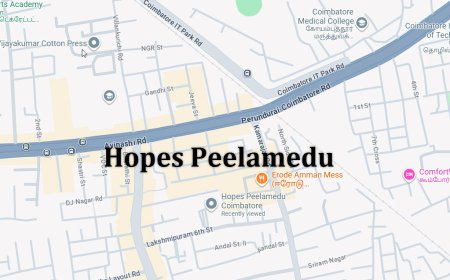Multi Level Mental Stress on EEG in Python Projects
Multi Level Mental Stress on EEG in Python Projects
Multi Level Mental Stress on EEG in Python Projects
Abstract
Mental stress affects cognitive performance, decision-making, and overall well-being, making accurate detection essential for health monitoring and workplace safety. The project Multi-Level Mental Stress Detection using EEG in Python Projects focuses on developing an intelligent system that analyzes electroencephalogram (EEG) signals to detect and classify varying levels of mental stress. Python is chosen as the development platform because of its comprehensive libraries for signal processing, machine learning, and deep learning, including NumPy, Pandas, SciPy, Scikit-learn, TensorFlow, and Keras. The system collects EEG data from multiple channels, preprocesses signals to remove noise and artifacts, extracts relevant features, and applies machine learning or deep learning models to classify stress levels into categories such as low, medium, or high. This automated approach enables continuous monitoring, early intervention, and personalized stress management.
Existing System
Existing mental stress detection systems often rely on self-reported questionnaires, surveys, or wearable devices that track physiological signals like heart rate or skin conductance. While useful, these approaches are subjective, inconsistent, and may not accurately capture real-time stress levels. Traditional EEG analysis methods require manual feature extraction, domain expertise, and complex signal processing techniques, which are time-consuming and limited in scalability. Some machine learning models have been applied to EEG data for stress detection, but they often focus on binary classification and fail to accurately differentiate multiple levels of stress, reducing their practical applicability.
Proposed System
The proposed system introduces a Python-based framework for multi-level mental stress detection using EEG signals. EEG data is collected from multiple channels, preprocessed to remove noise, artifacts, and baseline drift, and segmented into relevant time windows. Feature extraction methods such as power spectral density, wavelet transform, and statistical measures are applied to capture meaningful patterns. Machine learning models like Support Vector Machines (SVM), Random Forest, Gradient Boosting, or deep learning architectures like CNN and LSTM are trained to classify stress levels into multiple categories (low, medium, high). Performance evaluation uses metrics including accuracy, precision, recall, F1-score, and confusion matrices. By integrating EEG signal analysis, advanced feature extraction, and multi-class classification, the system provides a scalable, automated, and accurate solution for monitoring mental stress, enabling early intervention and promoting mental well-being.
What's Your Reaction
 Like
0
Like
0
 Dislike
0
Dislike
0
 Love
0
Love
0
 Funny
0
Funny
0
 Angry
0
Angry
0
 Sad
0
Sad
0
 Wow
0
Wow
0






























